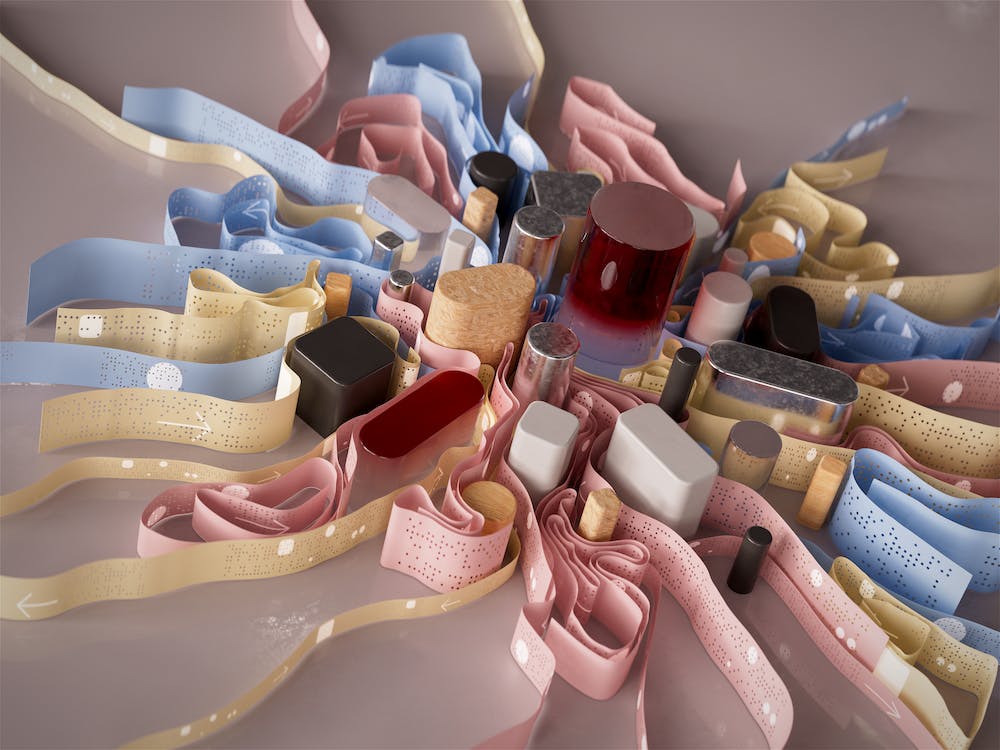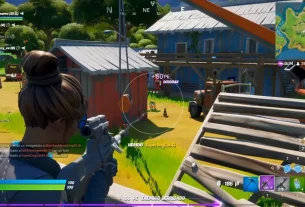As the world becomes increasingly digital, new fields of art are emerging that tap into technology for creation, curation and communication. One such intriguing domain is AI Art – a significant intersection of art and artificial intelligence which is rewriting how we understand and engage with artistic practices. This post will dive into the riveting journey of AI Art Careers, unraveling what they are, their growth trajectory, potential opportunities, key skill requirements, and more.
The Dawn of AI Art
A few years ago, the artistic world witnessed an incredible event: an AI-created artwork named “portrait of Edmond de Bellamy”, sold at Christie’s auction house for $432,500. Tradition had met technology in a significant way, marking the dawn of artificial intelligence (AI) in art. AI Art Careers had begun showing potential for those adept at both coding and creativity.
What Are AI Art Careers?
As implicit in the name, AI Art Careers involve applying artificial intelligence to create visual arts. It could be creating original pieces from algorithms or using machine learning to interpret existing artworks creatively. In essence, it merges science with art in unprecedented ways.
Rise in Popularity
The popularity of AI Art is fueled by technological advancements and increased access to tools enabling such creative explorations. Moreover, artists find fun and vigor in exploring this new domain, birthing opportunities alike for tech enthusiasts and artists.
The Market Potential for AI Artists
As curiosity around AI-created art increases, so does its market potential. Collectors and critics are showing interest with higher value assigned to algorithmic art pieces; an affirmation that this field carries substantial potential.
Distinction Between AI Art and Traditional Art
While traditional art embodies the personal expression of an artist, AI Art includes input from algorithms. Hence, while dealing with AI Art, interpretation can become more challenging because it often incorporates randomness and mathematical expressions.
Key Skills Required
For someone venturing into AI Art, a mix of artistic talent and proficiency in programming is beneficial. Understanding algorithms–how they’re written and applied—is critical. Moreover, creativity to execute ideas through AI systems is another important skill.
The Role of Aesthetics & Ethics
In the world of AI Art, aesthetics play an essential role in defining the appeal of the work. Likewise, ethical considerations exist around questions of artistic credit and copyright infringements, adding another layer to this burgeoning field.
New Forms of Collaboration
AI Art opens up avenues for new collaborative possibilities. Artists can team up with technologists to produce innovative artwork. On the other hand, they might also partner with AI itself, letting systems suggest patterns or color schemes to follow.
Presenting Work Made With AI
Presenting AI-created artwork is another aspect that is changing norms. Digital galleries and virtual exhibitions are becoming popular platforms for sharing and engaging with such innovative art forms.
Variations in AI Art Careers
No two AI Art Careers look alike – they might involve creating original works or curating exhibitions featuring AI-based art. Plus, roles could be teaching AI Art techniques, writing about the domain or consulting for brands aiming to utilize AI Art.
Wrapping Up
As we delve into the captivating realm of AI Art, it is fascinating to see how art extends beyond human touch to include algorithms and machine intelligence. As a burgeoning field, AI Art Careers hold enormous opportunities for aspirants, encouraging skills growth and creative thinking in unique ways. While challenges do exist, the excitement around this intersection of tech and art makes it an exciting frontier to venture into.




